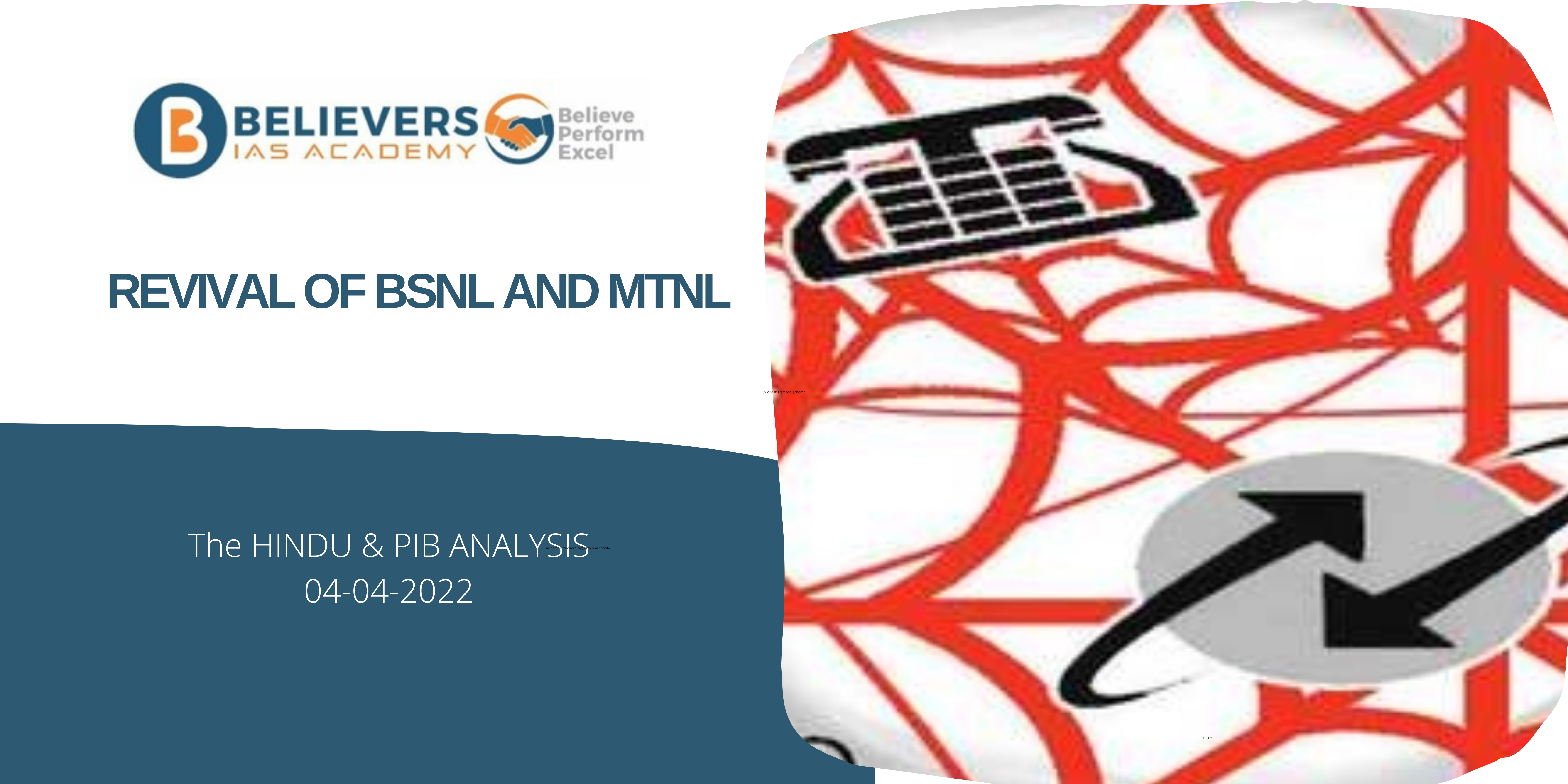India’s First Septic Tank Cleaning Robot
Context:
Recently, the nation launched its first septic tank cleaning robot, strengthening Swatch Bharat campaign.
Relevance:
GS-01 GS-03 (Society, Science and technology)
Key highlights:
- The recent introduction of the Homosep Atom (septic tank and manhole cleaning robot) by Solinas, marks a significant milestone in the nation’s sanitation efforts which also aligns closely with the Swachh Bharat campaign.
- Incubated in the DST-TBI of IIT Madras, it eliminates manual scavenging through robotic cleaning methods.
- The Homosep Atom boasts a comprehensive array of features and applications that includes extensive blade cleaning, solid waste desilting, suction, and storage capabilities, consolidating multiple sanitation tasks into a single, efficient solution.
- Deployed in 16 cities across India, including Madurai and Chennai, this robot addresses sanitation challenges in diverse urban environments, significantly improving operational efficiency and effectiveness.
- Moreover, the Homosep Atom empowers sanitary workers by enabling them to conduct manhole cleaning operations from a safe distance, thereby enhancing worker safety and dignity, a critical aspect of the Swachh Bharat campaign’s objectives.
- In addition to the Homosep Atom, Solinas, a prominent deep-tech startup, has developed a suite of innovative solutions to address various sanitation challenges. Technologies such as Endobot and Swasth AI play a crucial role in detecting and mitigating water contamination, wastage, and sewer overflows, contributing significantly to the improvement of water quality and sanitation infrastructure.
- Furthermore, Solinas’s AI-driven pipeline defect identification services have proven instrumental in reducing costs and enhancing the efficiency of drinking water supply systems in cities like Hubbali.
- Collaborations with entities such as Chennai Metro have also led to the implementation of innovative solutions to address key challenges, including cross-contamination and illegal tappings, thereby enhancing pipeline integrity and ensuring equitable access to clean water resources.
Manual Scavenging:
- Manual scavenging entails the manual cleaning, handling, and disposal of human waste and other refuse from dry latrines, open drains, and sewers, posing significant health and dignity concerns.
- Despite being outlawed in India since 1993, manual scavenging remains a persistent challenge, reflecting systemic inequalities and social injustices.
- Constitutional Safeguards and Legal Provisions:
- Constitutional safeguards provide fundamental rights and protections for manual scavengers, including equality before the law (Article 14), the abolition of untouchability (Article 17), protection of life and personal liberty (Article 21), and the prohibition of forced labour (Article 23).
- Complementing these constitutional provisions, the Prohibition of Employment as Manual Scavengers and their Rehabilitation Act, 2013 serves as the primary legislation aimed at eradicating manual scavenging.
- This comprehensive law prohibits the employment or engagement of individuals as manual scavengers and mandates the elimination of insanitary latrines.




